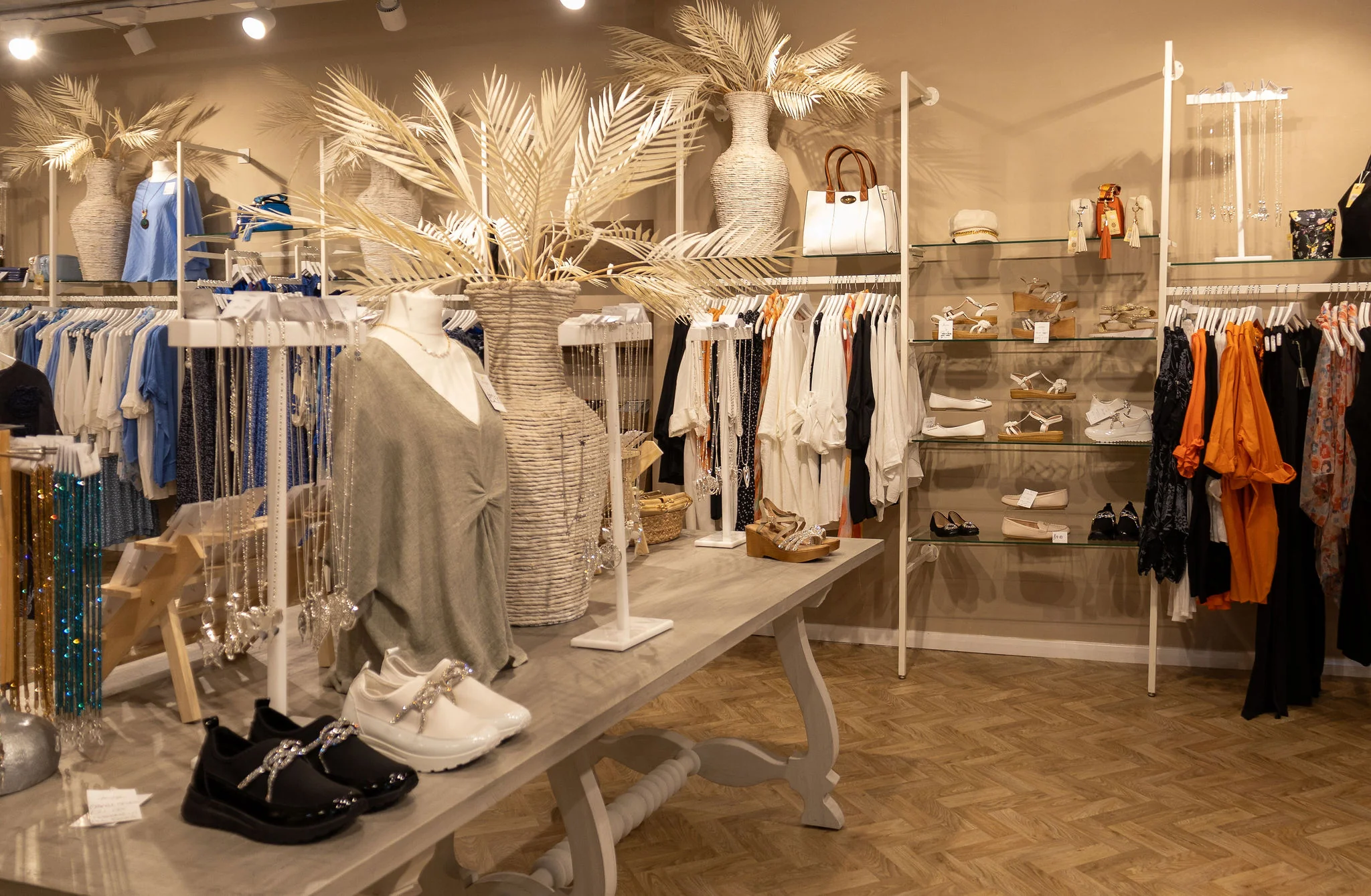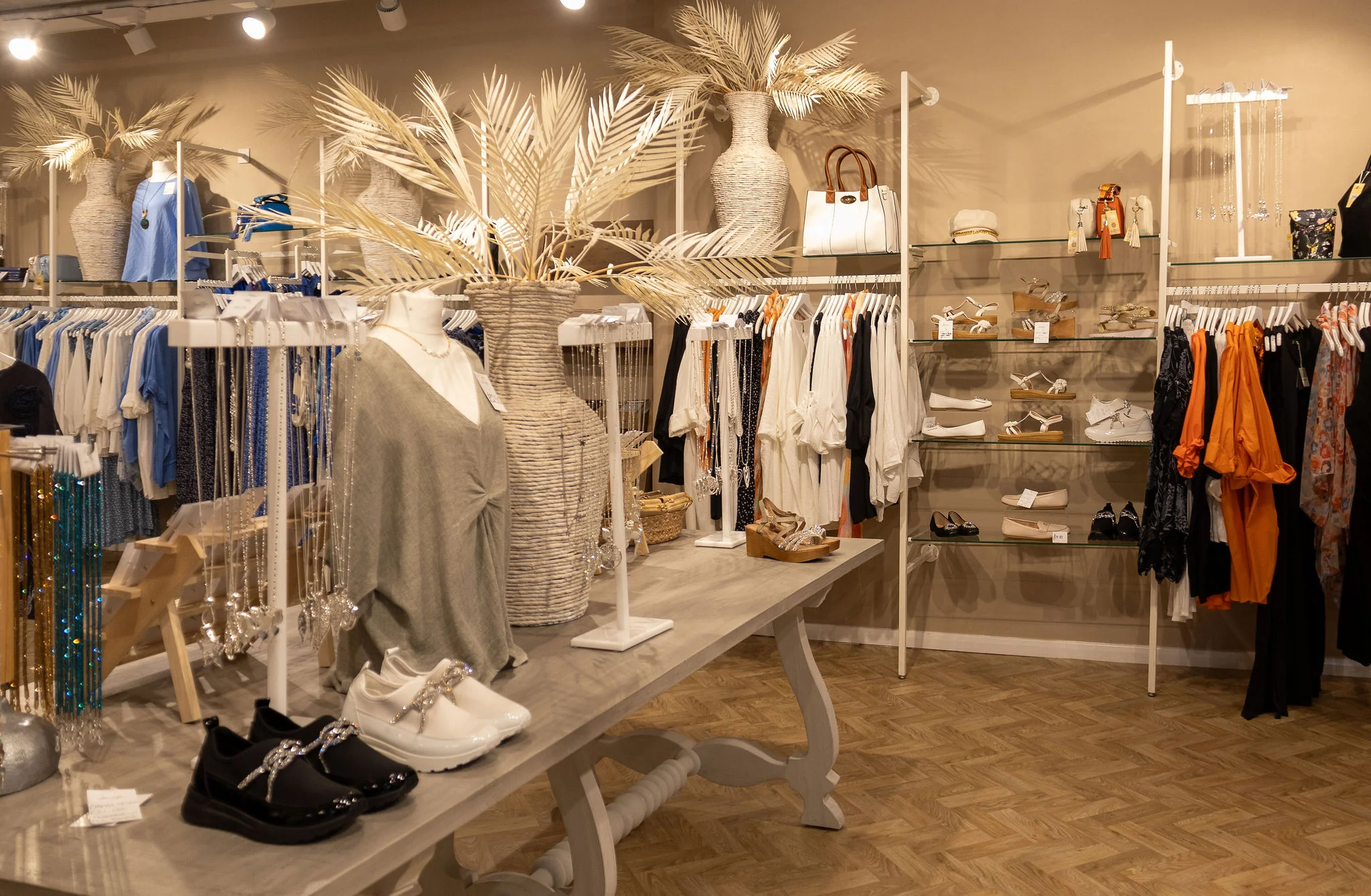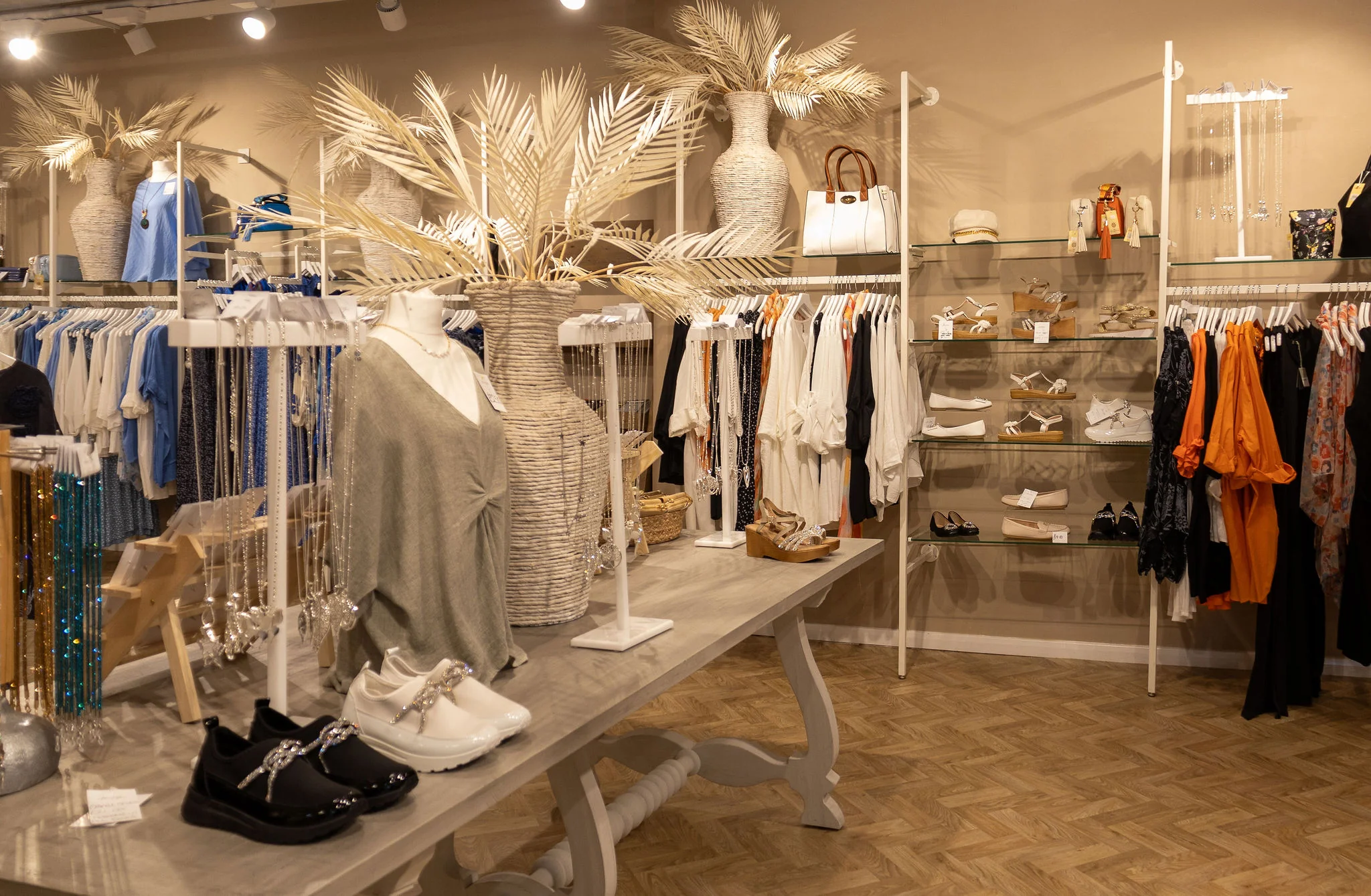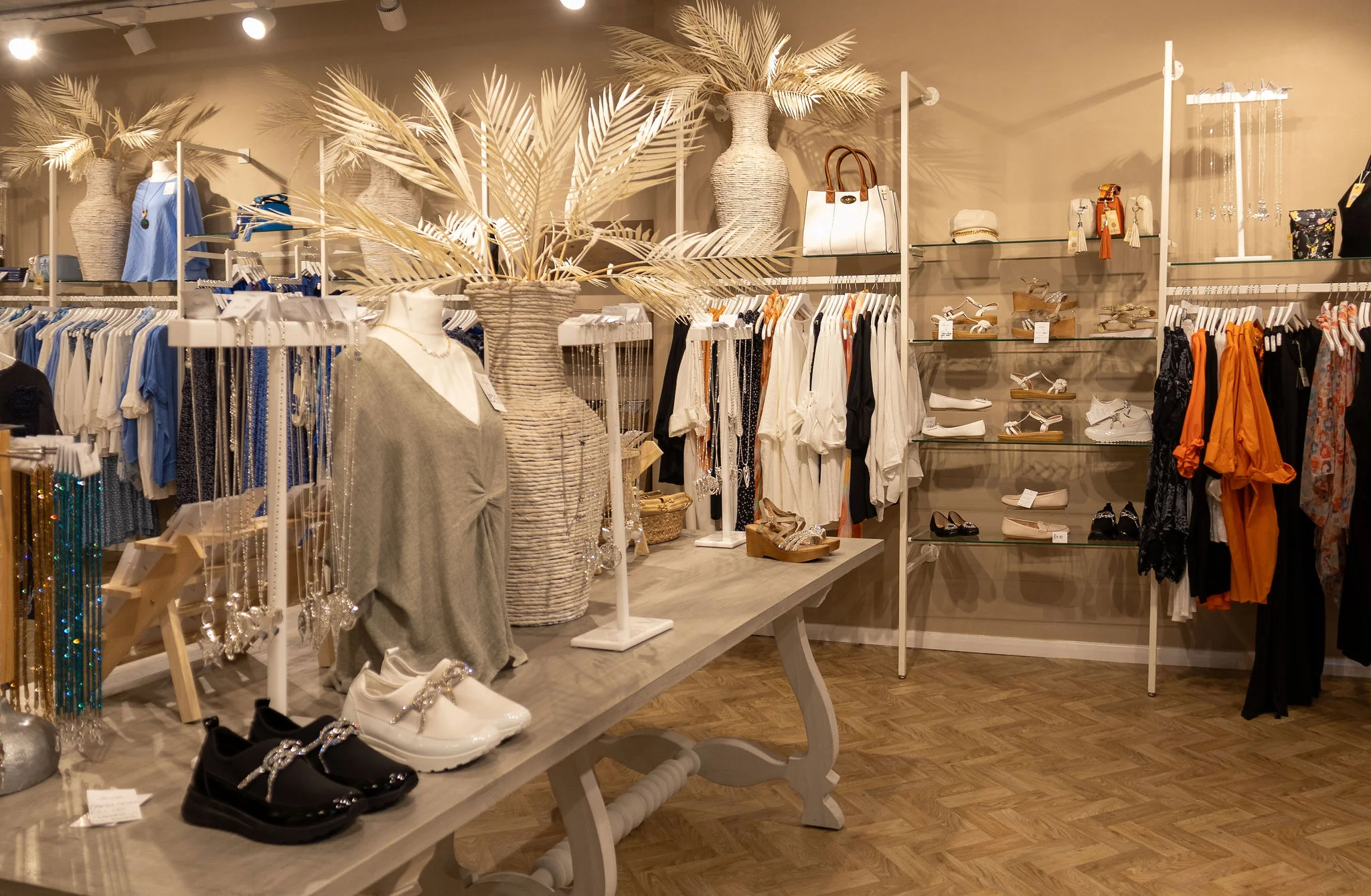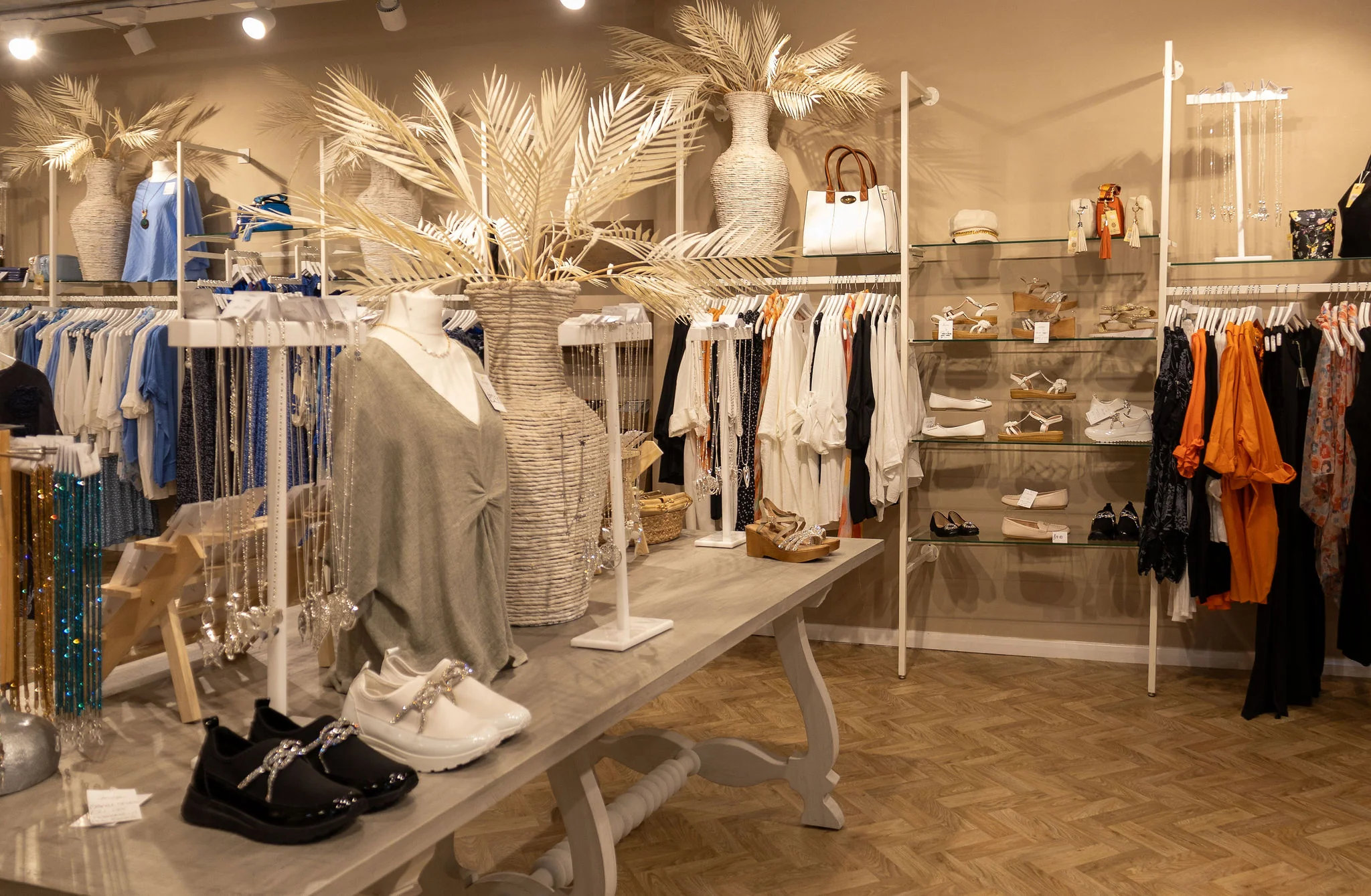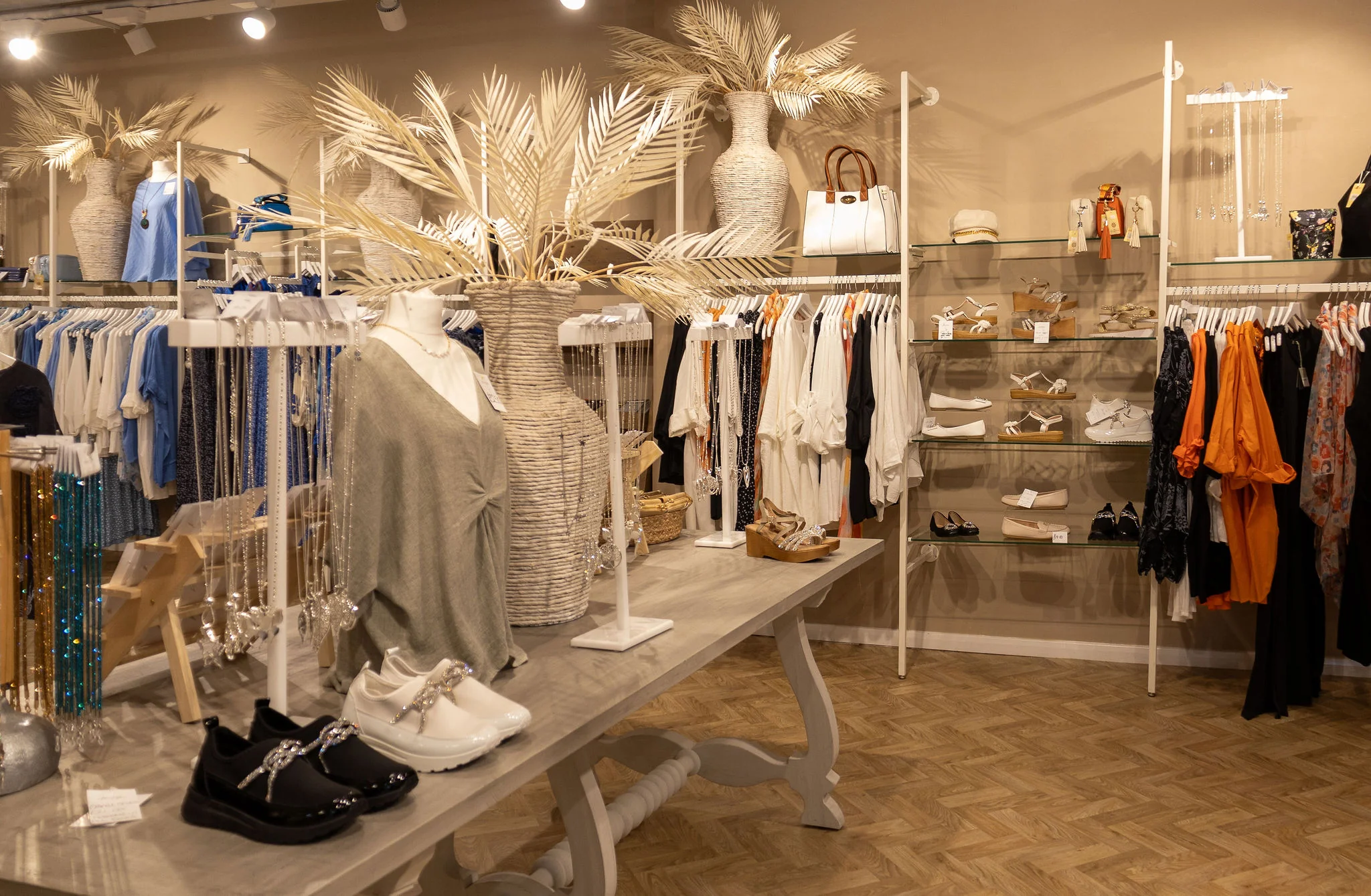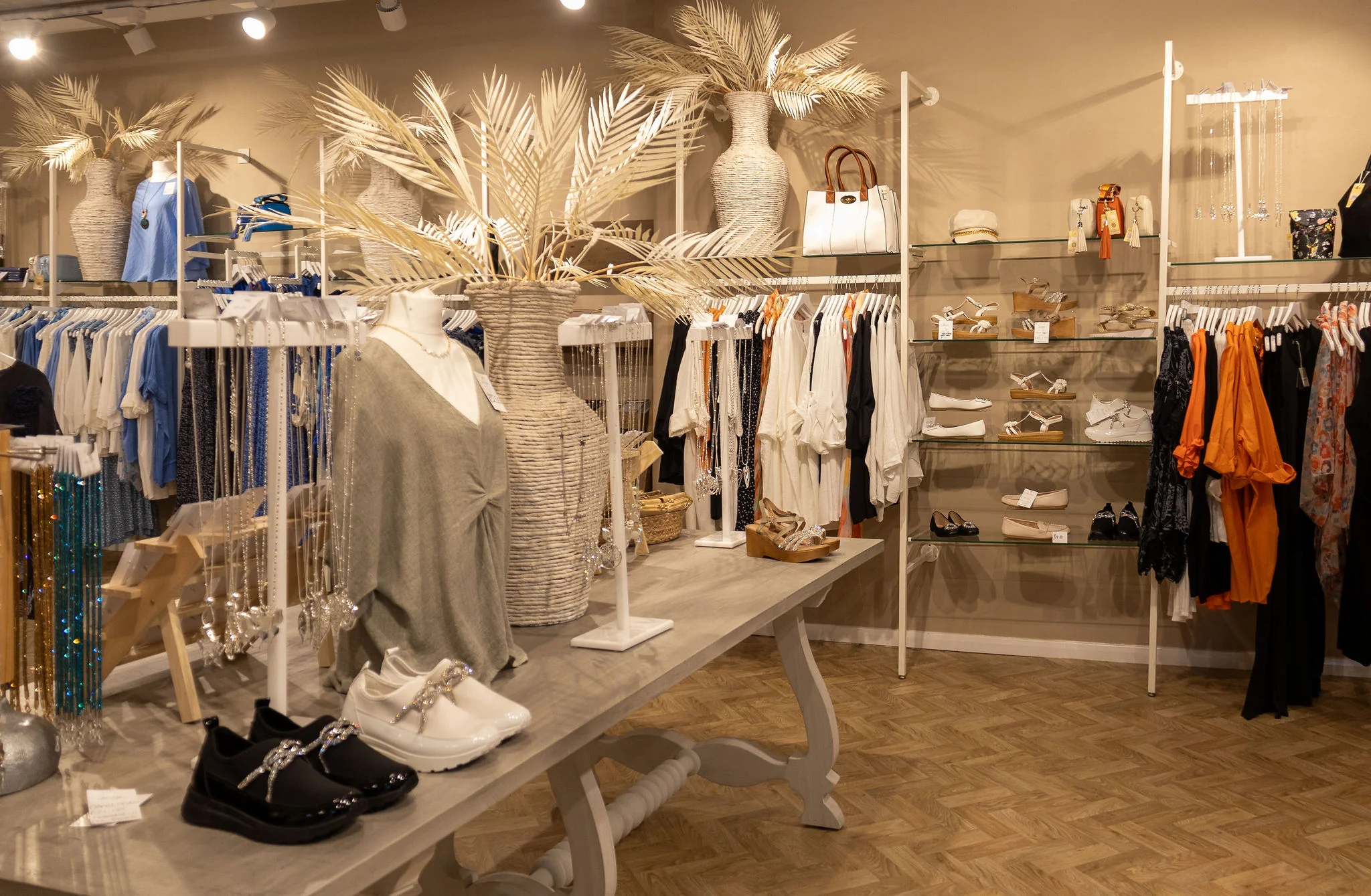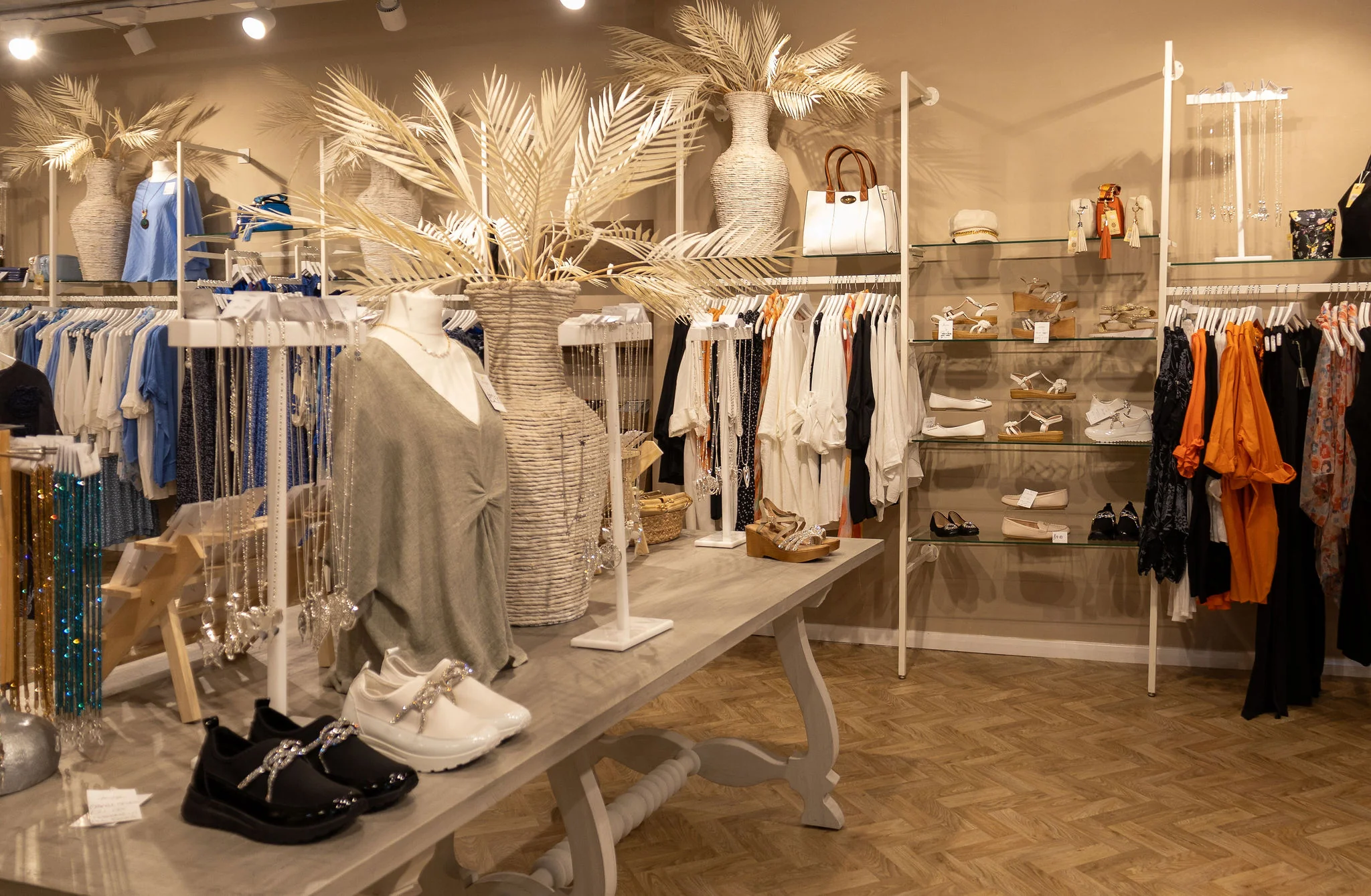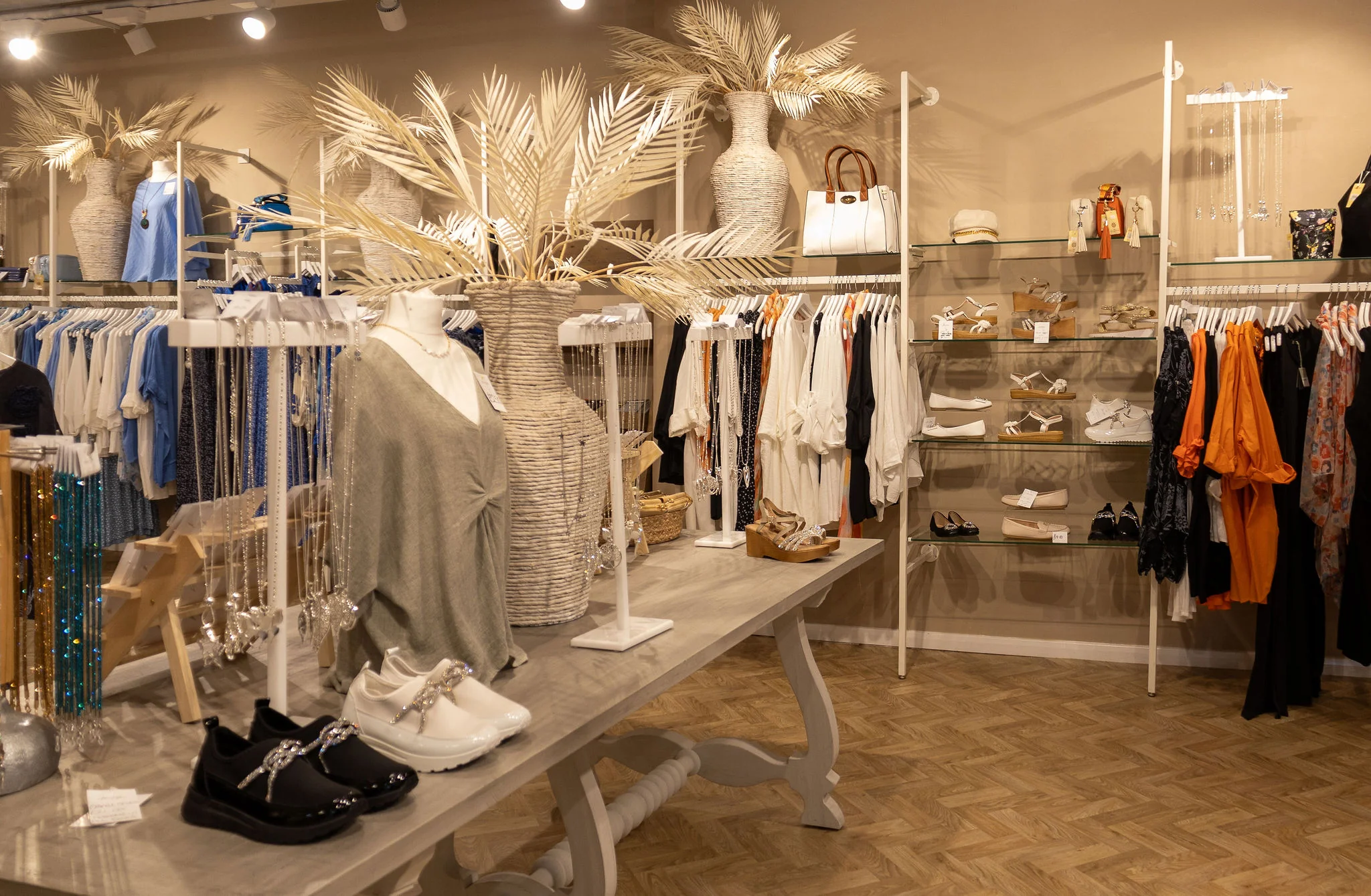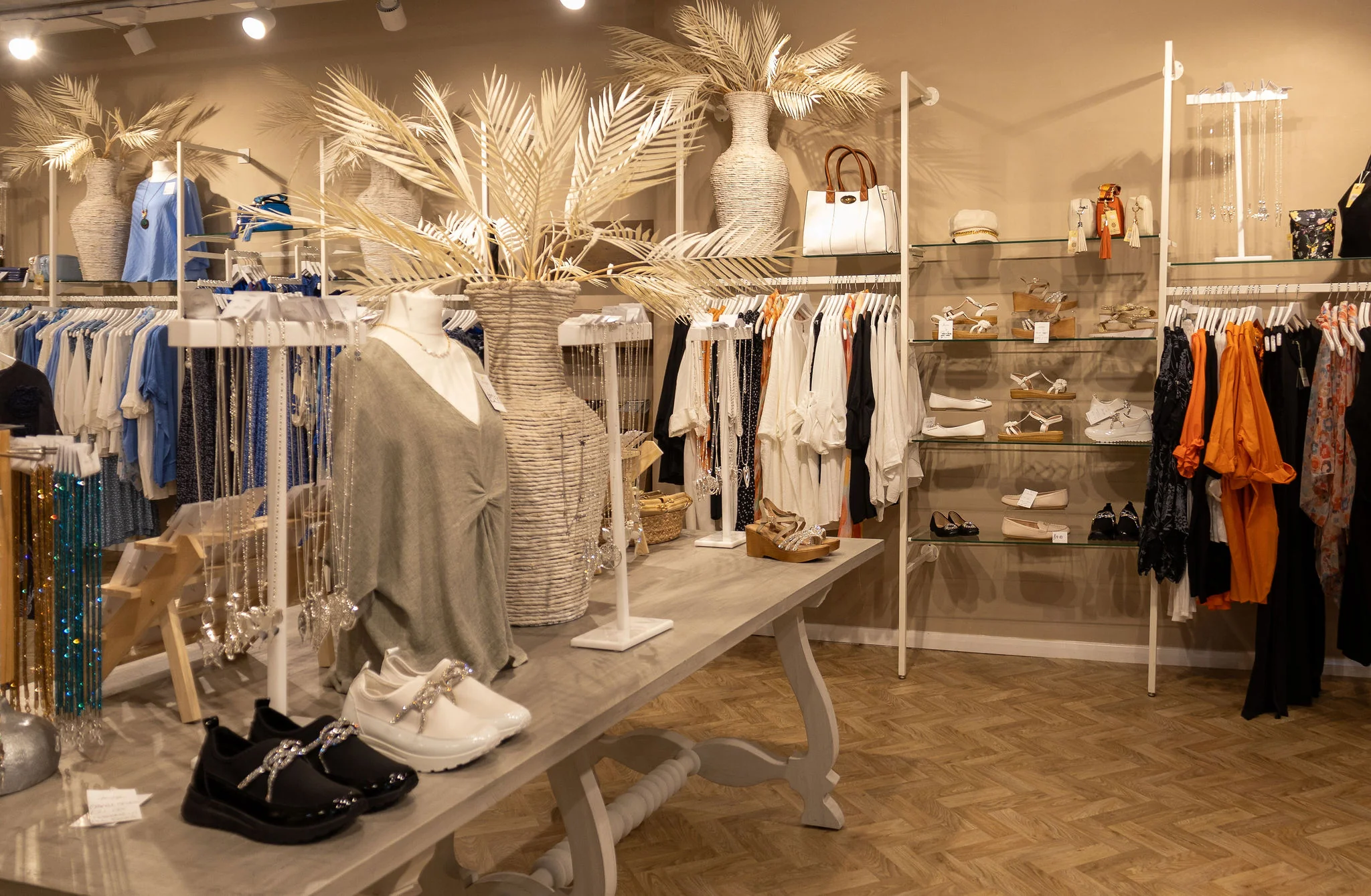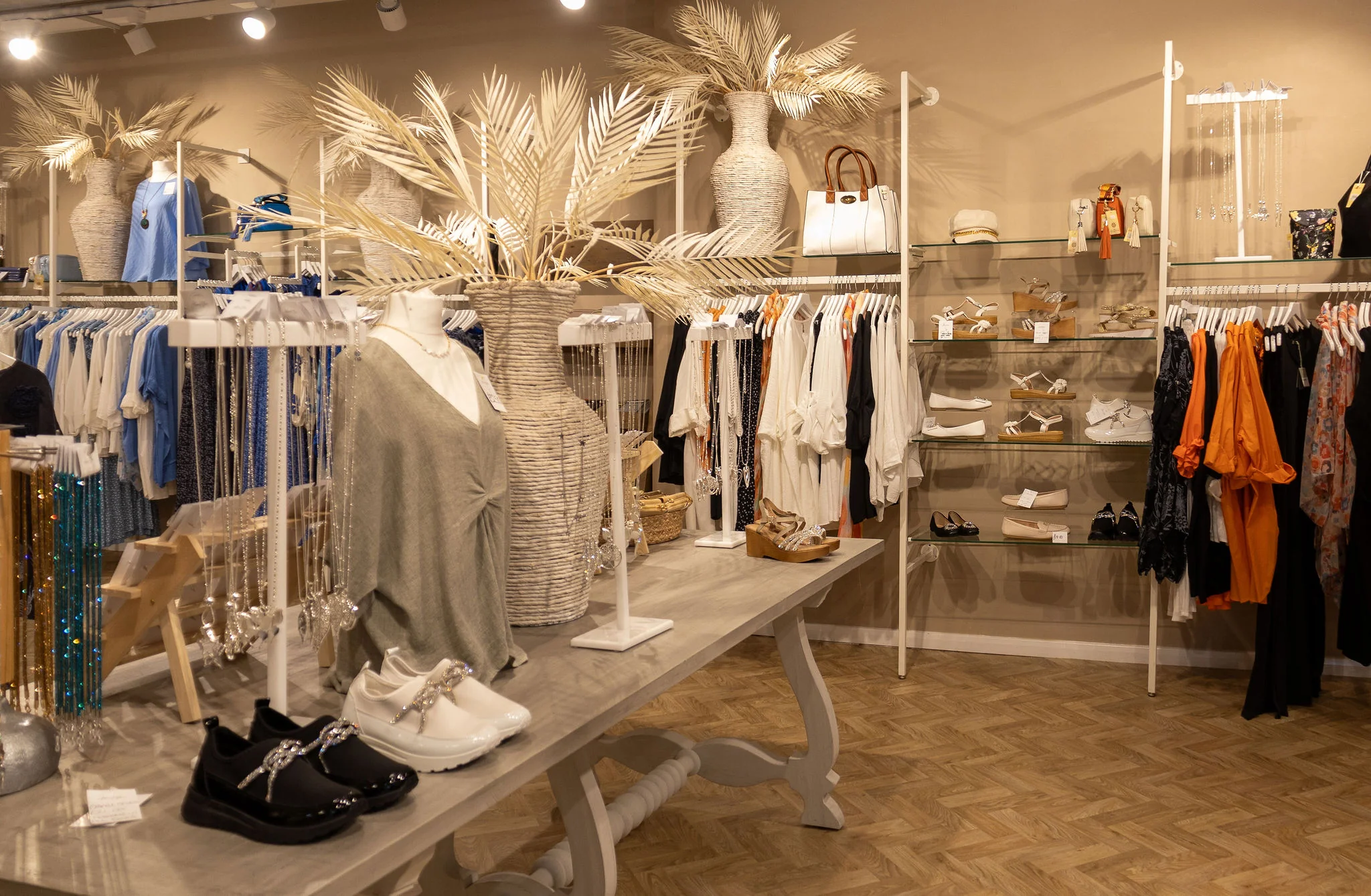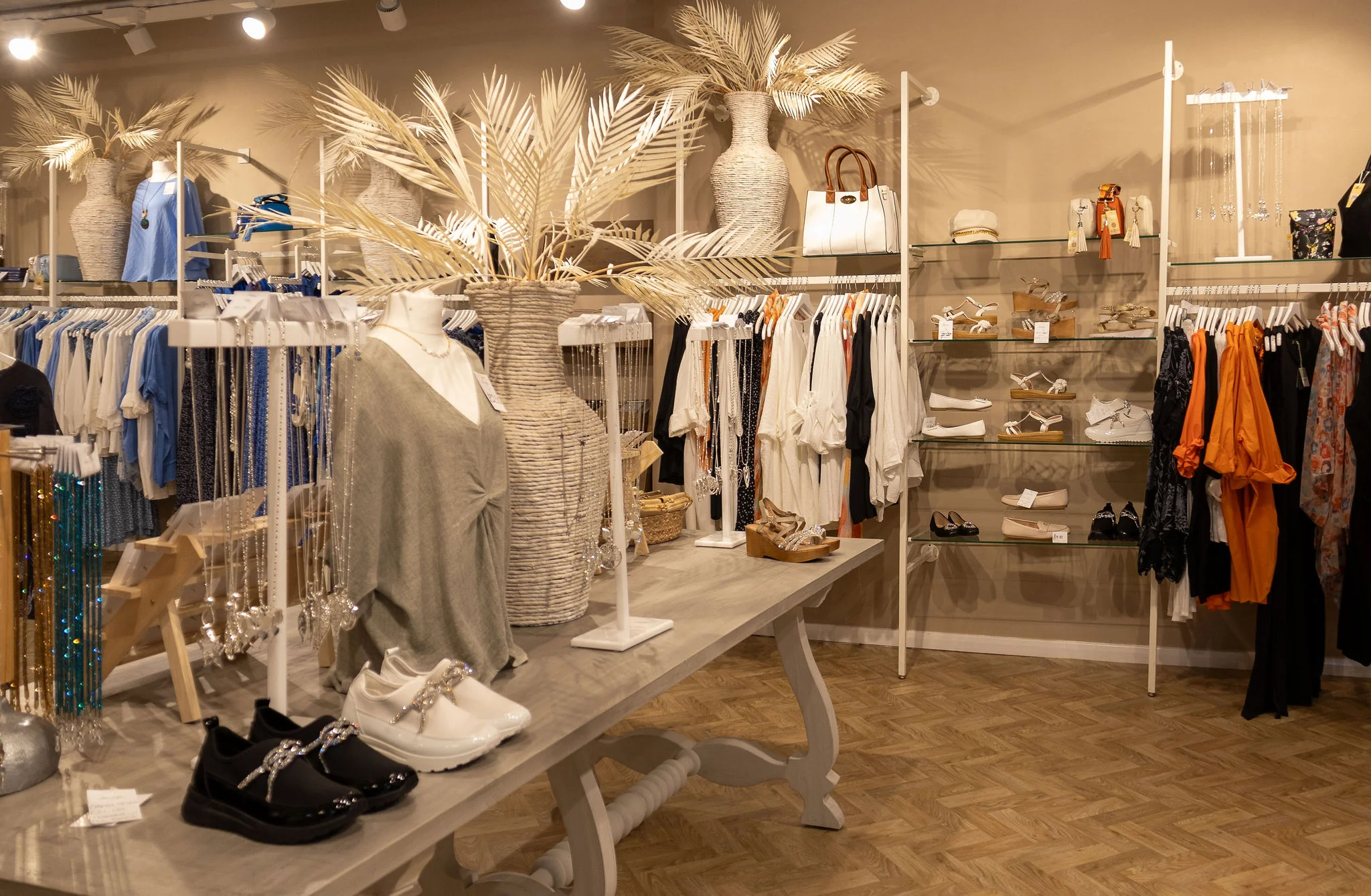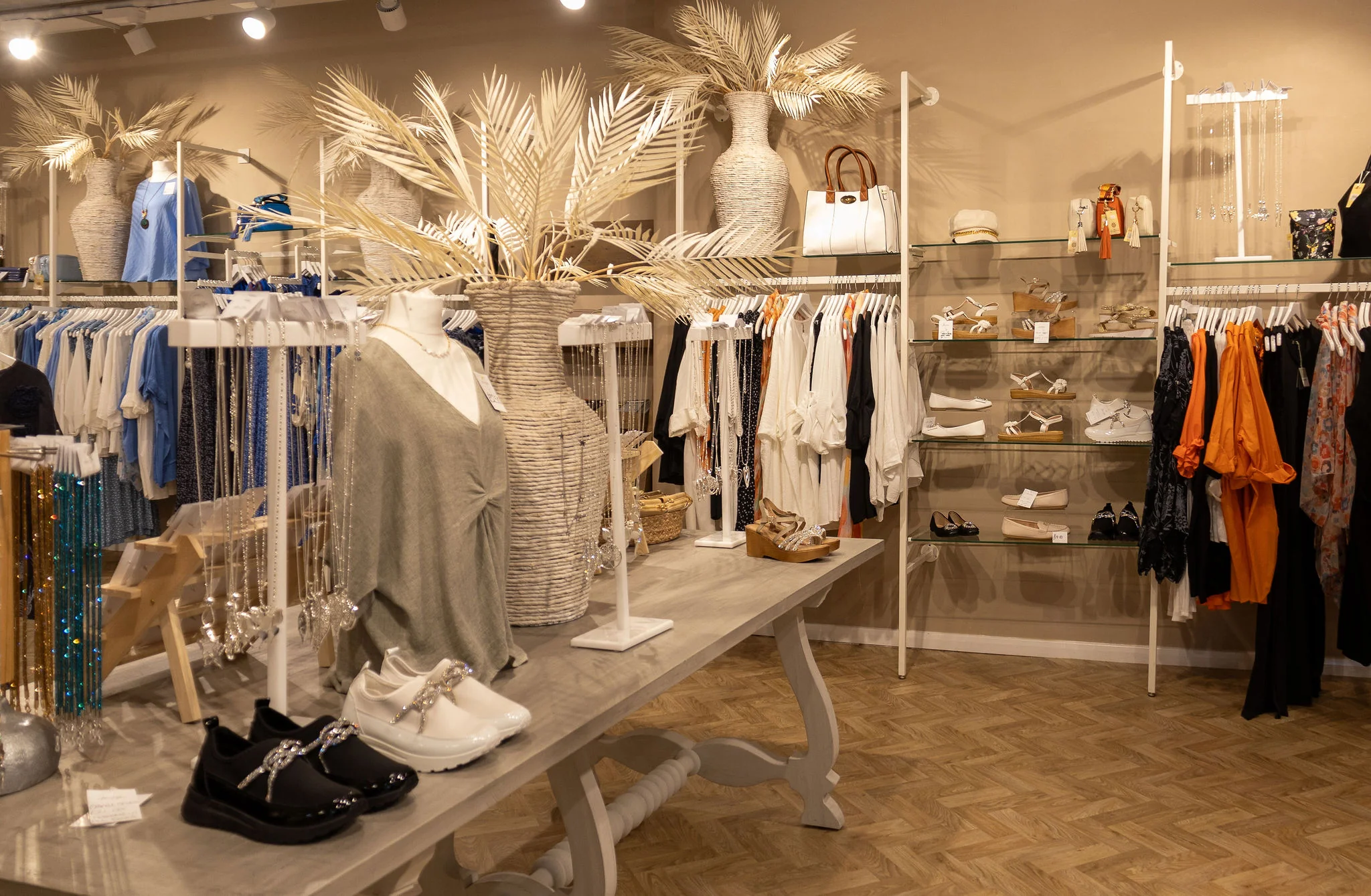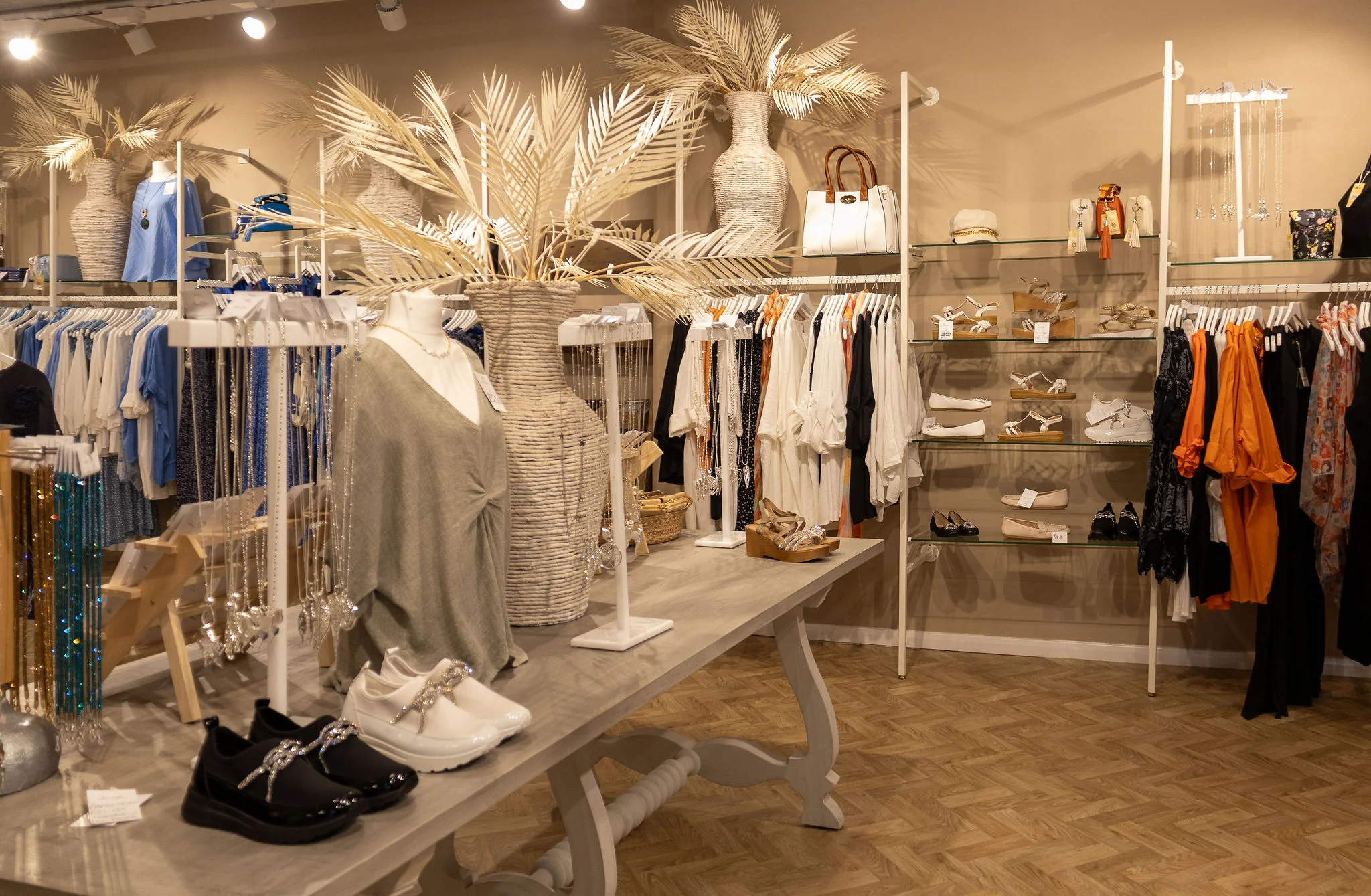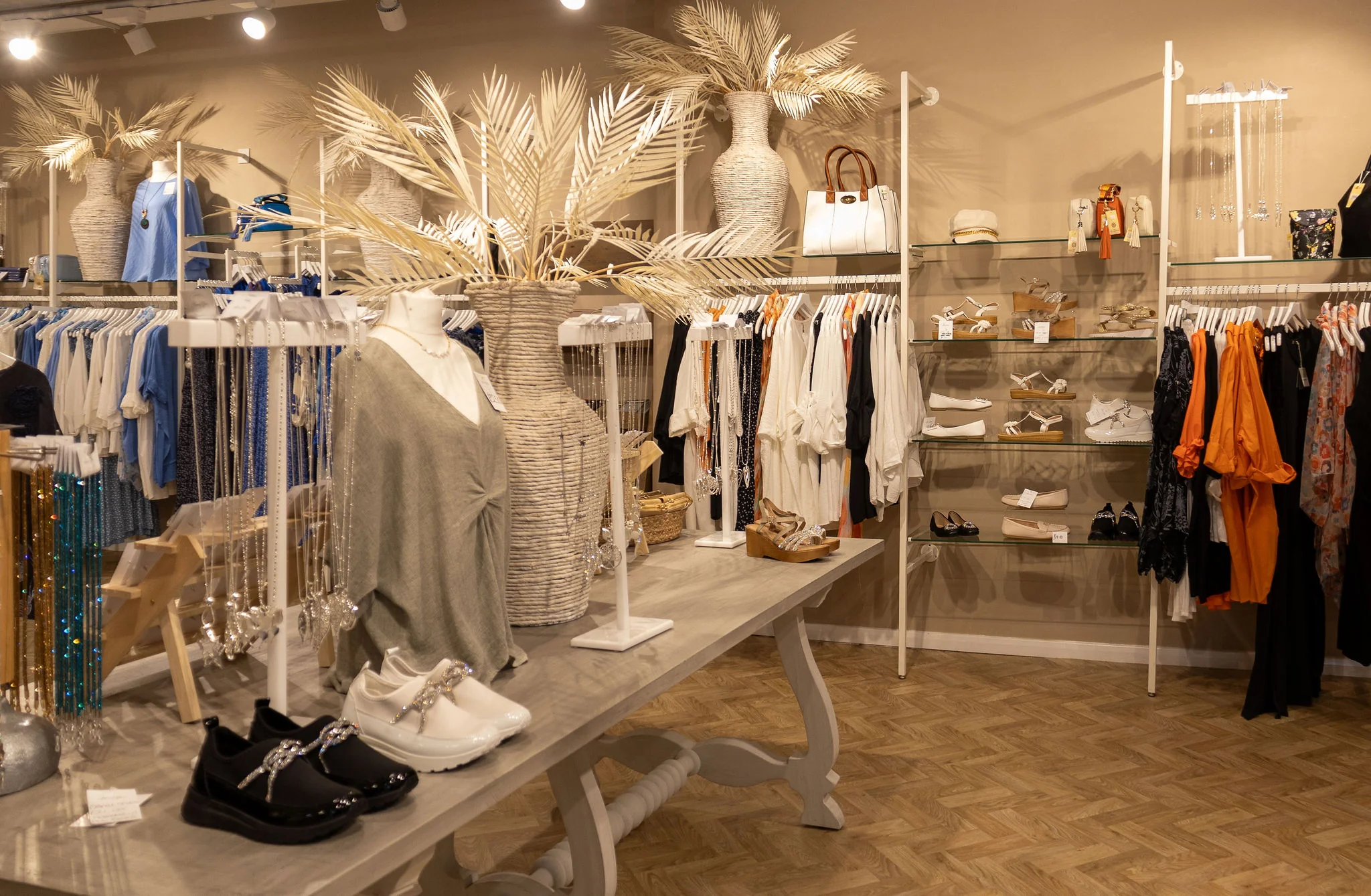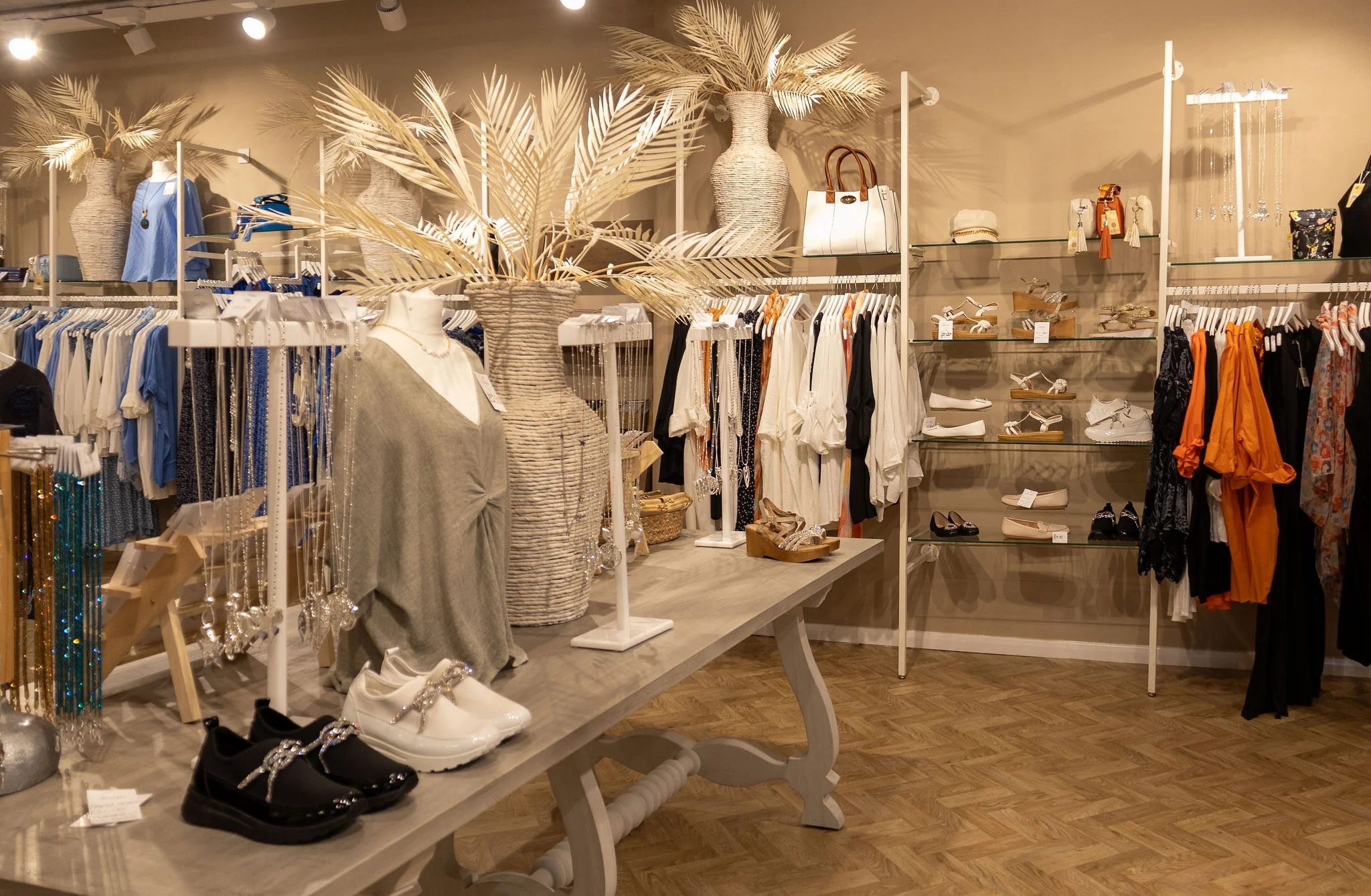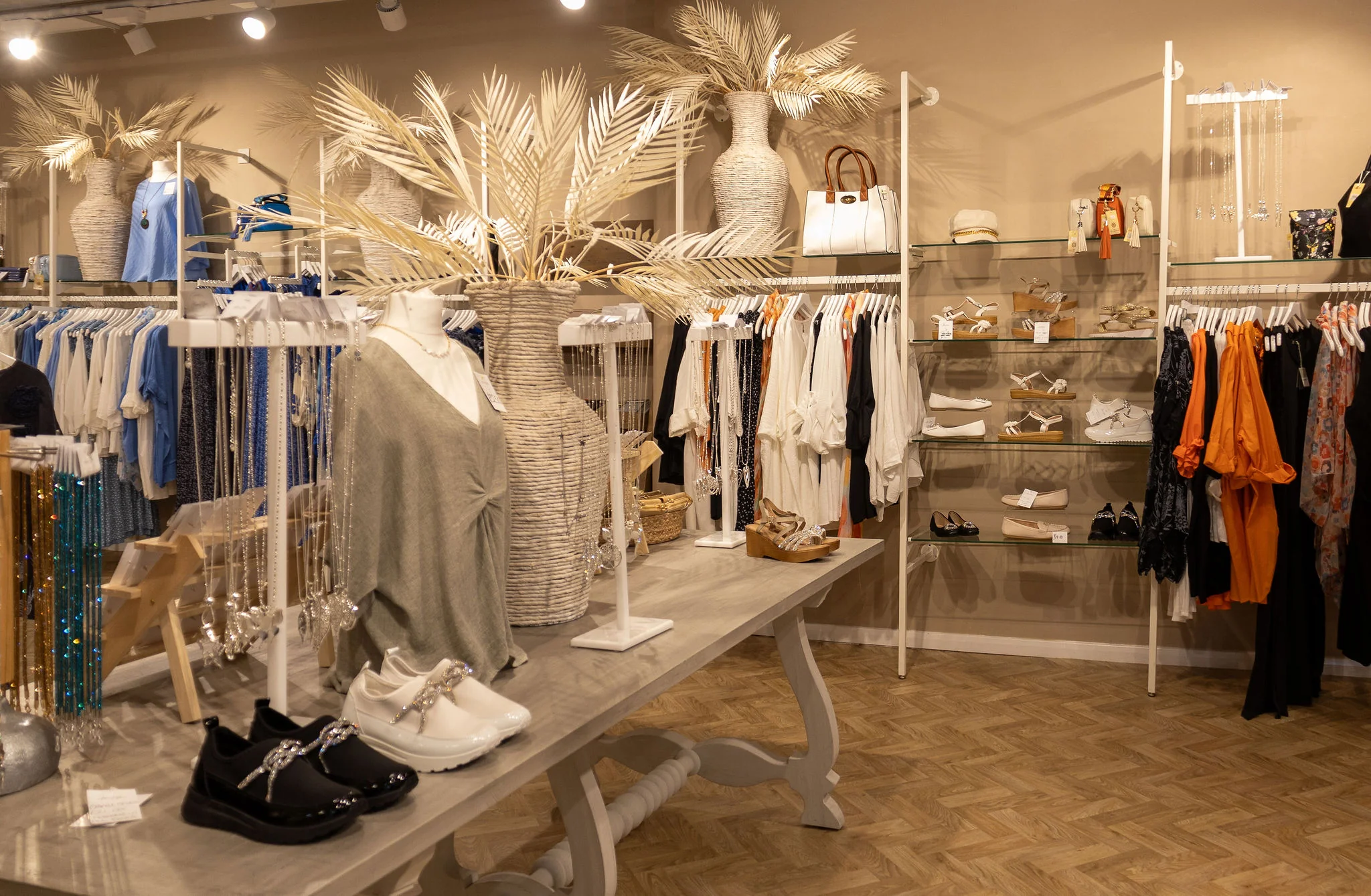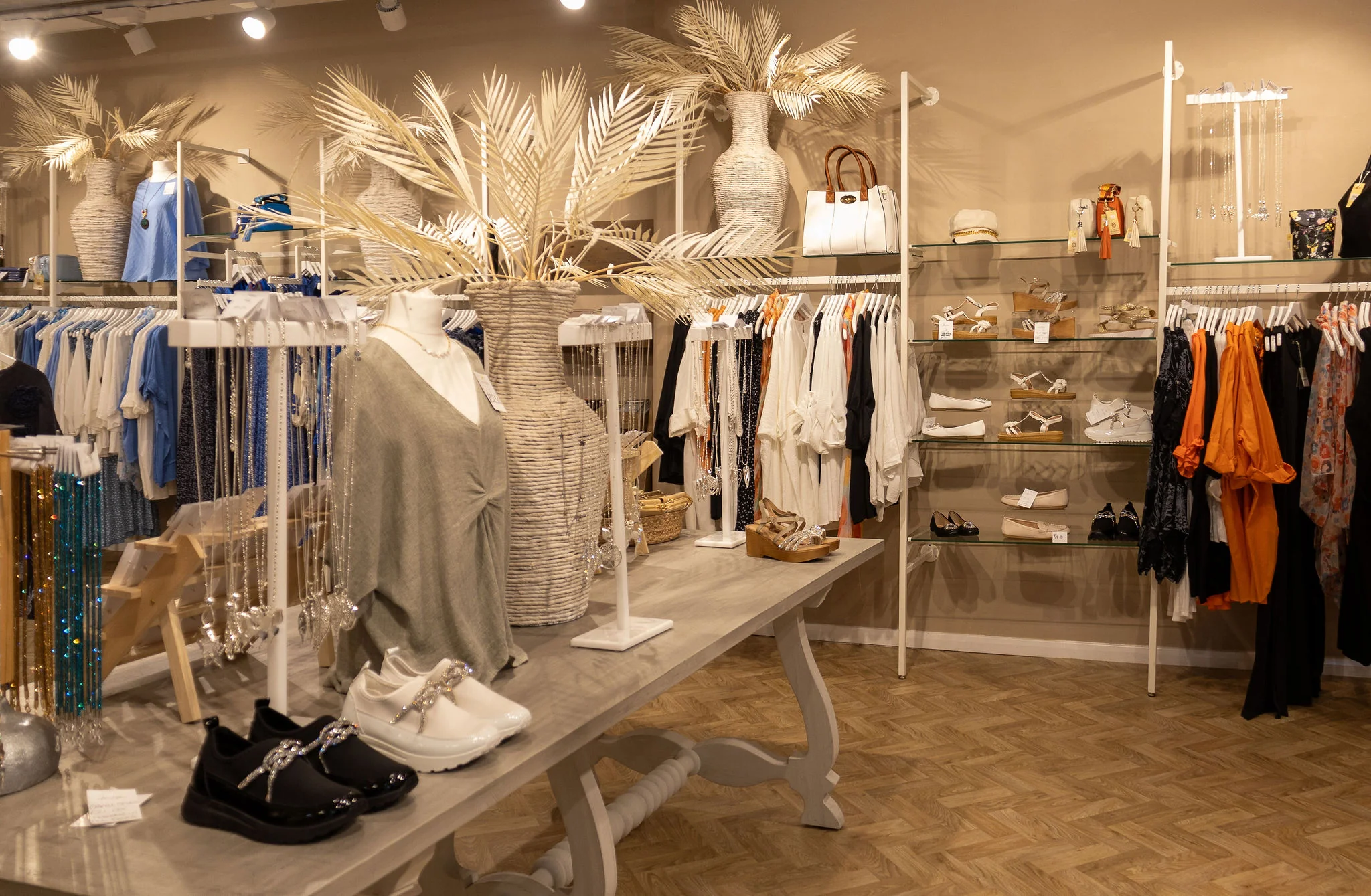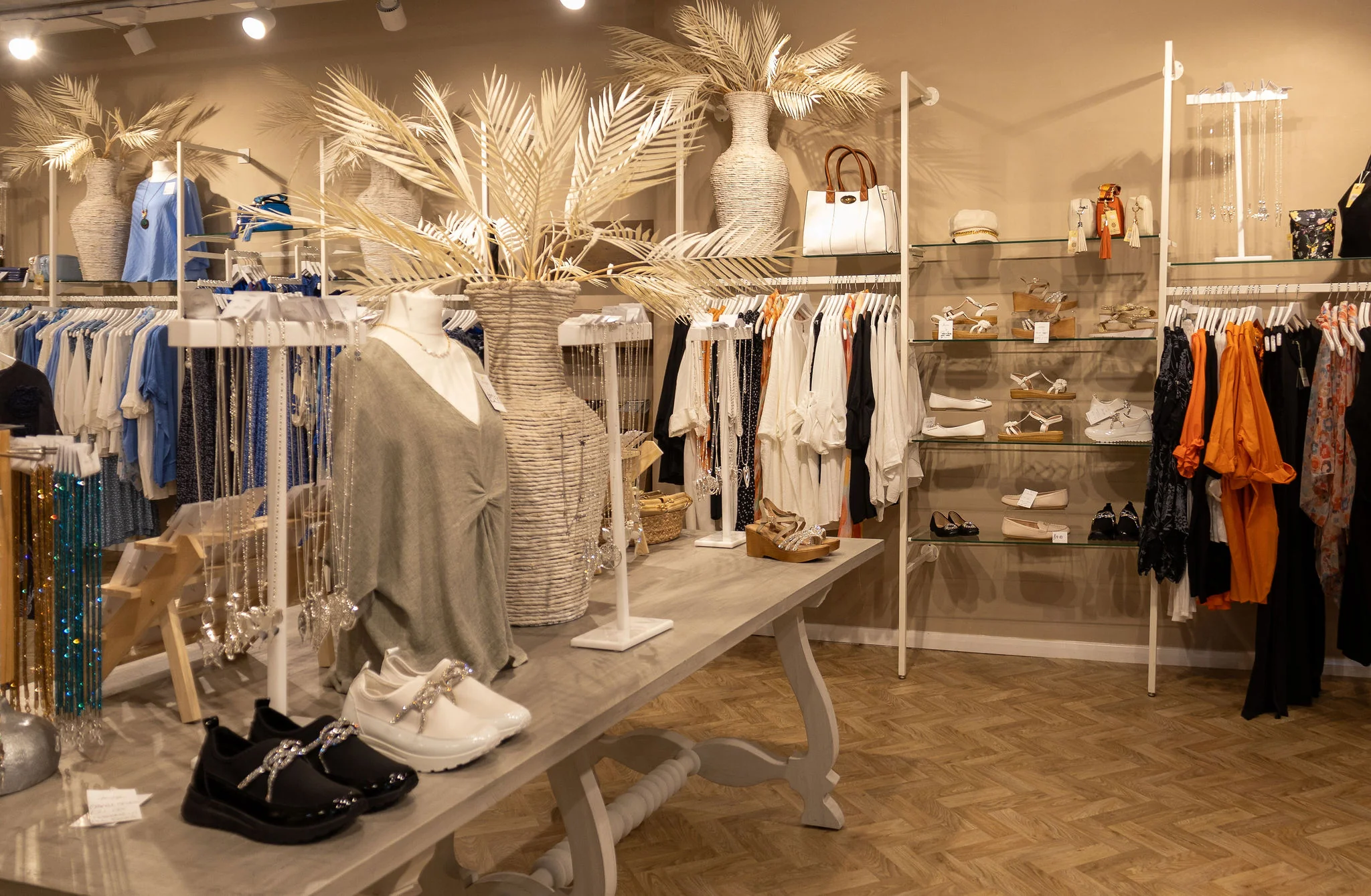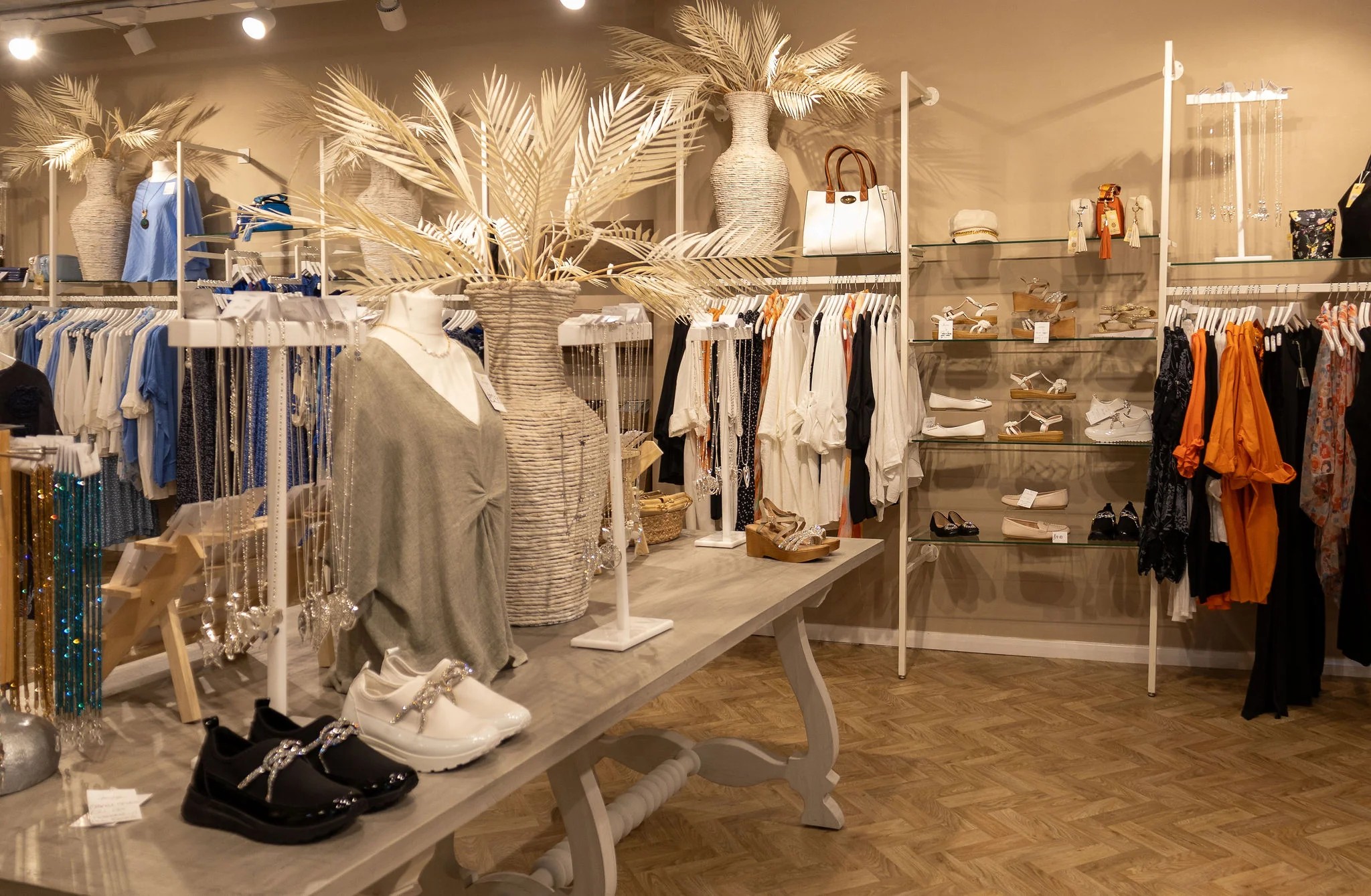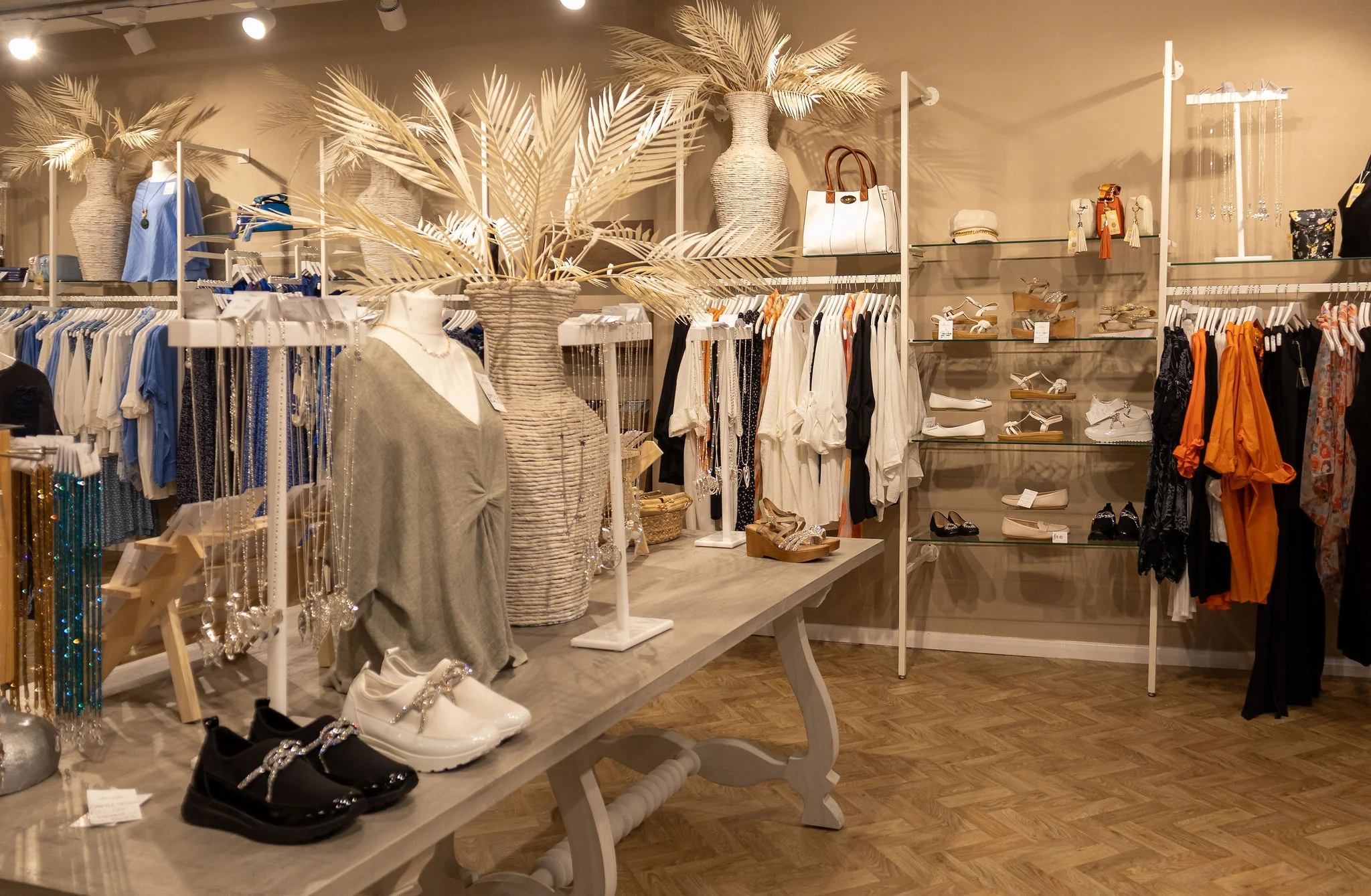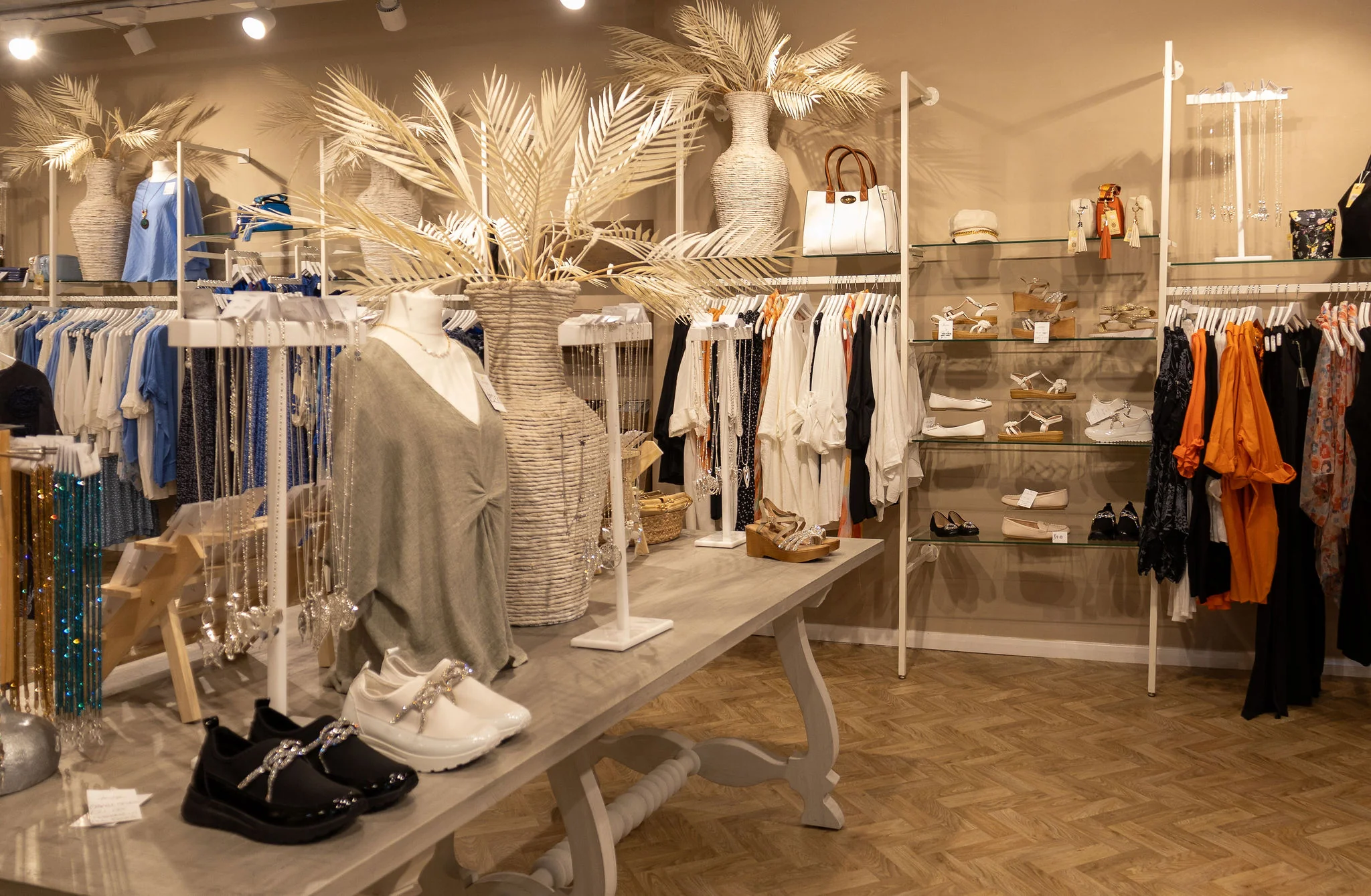Running a children's clothing shop comes with unique risks and challenges that standard retail insurance may not fully address. From …
Clothing Shop Fitting Room Insurance: Essential Protection for Retail Businesses
Fitting rooms are an integral part of the clothing retail experience, but they also present unique risks that many shop owners overlook when considering their insurance coverage. From privacy concerns to theft, accidents, and property damage, fitting rooms require specialized insurance protection that goes beyond standard retail policies.
Understanding Fitting Room Risks
Clothing retailers face numerous challenges when it comes to fitting room operations. Customer injuries from slips, falls, or faulty fixtures can result in costly liability claims. Theft is another significant concern, with customers potentially concealing merchandise or damaging security tags. Privacy violations, whether accidental or intentional, can lead to serious legal consequences and reputational damage.
Property damage is equally concerning. Customers may accidentally damage mirrors, lighting, or structural elements. Vandalism, though less common, can result in expensive repairs and business interruption. Additionally, fitting rooms require regular maintenance and cleaning, and any oversight can lead to hygiene-related issues that impact customer safety and business reputation.
Key Insurance Coverage Areas
Public Liability Insurance
Public Liability Insurance forms the foundation of fitting room protection. This coverage protects against customer injuries that occur within fitting rooms, including slips on wet floors, cuts from broken mirrors, or injuries from faulty door mechanisms. It also covers legal costs and compensation claims arising from accidents.
Professional Indemnity Insurance
Professional Indemnity Insurance becomes crucial when privacy breaches occur. If customers claim their privacy was violated due to inadequate security measures, faulty locks, or staff negligence, this coverage protects against legal action and compensation claims.
Product Liability Insurance
Product Liability Insurance covers situations where defective fitting room equipment causes injury. This includes faulty mirrors that shatter unexpectedly, broken hooks that cause cuts, or electrical faults in lighting systems.
Property Insurance
Property Insurance protects the physical fitting room infrastructure. This includes mirrors, lighting, seating, hooks, curtains, and any technological equipment like security cameras or electronic locks. Coverage extends to both accidental damage and malicious acts.
Business Interruption Insurance
Business Interruption Insurance compensates for lost income when fitting room incidents force temporary closure. Whether due to accident investigations, repairs, or legal proceedings, this coverage maintains cash flow during disrupted trading periods.
Employers Liability Insurance
Employers Liability Insurance protects staff who work in or around fitting rooms. This includes cleaners, security personnel, and sales assistants who may be injured while maintaining or monitoring these areas.
Cyber Insurance
Cyber Insurance has become increasingly relevant as retailers adopt smart fitting room technology. Digital mirrors, RFID systems, and customer data collection create cyber security risks that require specialized coverage.
Industry-Specific Considerations
Different types of clothing retailers face varying fitting room risks. High-end boutiques with expensive merchandise require enhanced theft protection and may need higher coverage limits. Fast fashion retailers with high customer volumes face increased accident risks and require robust public liability coverage.
Lingerie and swimwear shops face heightened privacy concerns and may need specialized professional indemnity coverage. Children's clothing stores require additional safety considerations, as young customers may be more prone to accidents in fitting rooms.
Vintage or consignment shops may face unique challenges with older fitting room infrastructure that requires more frequent maintenance and higher property coverage limits.
Risk Management Strategies
Effective fitting room management significantly reduces insurance claims. Regular safety inspections should check for loose fixtures, adequate lighting, and proper ventilation. Clear signage about fitting room policies helps prevent misunderstandings and reduces liability risks.
Staff training is essential for maintaining fitting room security and safety. Employees should understand privacy laws, emergency procedures, and how to handle suspicious behavior without compromising customer service.
Technology can enhance both security and customer experience. Modern fitting room systems with occupancy sensors, time limits, and integrated security features help prevent theft while maintaining customer privacy.
Regular maintenance schedules ensure fitting room infrastructure remains safe and functional. This includes checking mirrors for cracks, testing lighting systems, and ensuring door mechanisms operate smoothly.
Claims Prevention Best Practices
Implementing comprehensive fitting room policies reduces insurance claims significantly. Clear rules about the number of items allowed, supervision requirements, and prohibited activities help maintain order and security.
Customer communication is vital. Clear signage explaining fitting room policies, safety reminders, and emergency procedures helps prevent accidents and misunderstandings.
Documentation procedures should be established for any incidents that occur in fitting rooms. Proper record-keeping supports insurance claims and helps identify recurring issues that need addressing.
Regular staff meetings should review fitting room procedures, discuss any incidents, and reinforce the importance of maintaining safe, secure environments for customers.
Legal and Regulatory Compliance
Clothing retailers must comply with various regulations regarding fitting room operations. Privacy laws require careful consideration of security camera placement and data protection measures. Health and safety regulations mandate safe environments free from hazards.
Disability discrimination laws require accessible fitting rooms with appropriate facilities for customers with mobility issues. Fire safety regulations must be considered, ensuring fitting rooms don't impede emergency evacuation routes.
Data protection regulations apply when fitting rooms incorporate technology that collects customer information. Retailers must ensure compliance with GDPR and other relevant data protection laws.
Choosing the Right Insurance Provider
Selecting appropriate fitting room insurance requires understanding your specific risks and coverage needs. Insurers with retail expertise better understand the unique challenges clothing shops face and can provide tailored solutions.
Coverage limits should reflect the true cost of potential claims, including legal fees, compensation payments, and business interruption losses. Consider the value of your fitting room infrastructure, average daily revenue, and potential liability exposure when determining appropriate limits.
Policy exclusions require careful review. Some insurers may exclude certain types of fitting room incidents or limit coverage for specific scenarios. Understanding these exclusions helps avoid coverage gaps.
Claims handling procedures should be evaluated when selecting an insurer. Quick, efficient claims processing minimizes business disruption and helps maintain customer relationships during difficult situations.
Cost Factors and Considerations
Several factors influence fitting room insurance premiums. Location affects risk levels, with high-crime areas typically facing higher premiums. The number and design of fitting rooms impact coverage costs, as do security measures and staff training programs.
Claims history significantly affects premiums. Retailers with frequent fitting room incidents face higher costs, while those with strong risk management records may qualify for discounts.
Coverage limits and deductibles directly impact premium costs. Higher limits and lower deductibles increase premiums but provide better protection. Finding the right balance requires careful consideration of risk tolerance and budget constraints.
Future Considerations
The retail landscape continues evolving, with technology playing an increasing role in fitting room operations. Smart mirrors, virtual try-on systems, and AI-powered recommendations create new opportunities but also introduce additional risks that require insurance consideration.
Sustainability concerns are driving changes in fitting room design and operation. Eco-friendly materials and energy-efficient systems may affect insurance requirements and potentially qualify for green insurance discounts.
Post-pandemic hygiene expectations have permanently changed fitting room operations. Enhanced cleaning protocols, contactless systems, and health screening requirements create new operational considerations that impact insurance needs.
Conclusion
Fitting room insurance represents a critical component of comprehensive retail protection. The unique risks associated with these private spaces require specialized coverage that goes beyond standard retail policies. From public liability and professional indemnity to property protection and cyber security, clothing retailers need multi-faceted insurance solutions.
Effective risk management, combined with appropriate insurance coverage, protects both customers and businesses. Regular safety inspections, staff training, and clear policies reduce claim frequency while maintaining positive customer experiences.
As the retail environment continues evolving, fitting room insurance must adapt to address new technologies, changing customer expectations, and emerging risks. Retailers who proactively address these insurance needs position themselves for long-term success while protecting against potentially devastating claims.
Working with experienced insurance professionals who understand retail operations ensures appropriate coverage that protects your business without unnecessary costs. Regular policy reviews help maintain adequate protection as your business grows and evolves.
For clothing retailers, fitting room insurance isn't just about compliance—it's about creating safe, secure environments that enhance customer confidence and protect business sustainability. Investing in comprehensive coverage demonstrates commitment to customer welfare while safeguarding your business's future.
Get Expert Insurance Advice
For specialized clothing shop fitting room insurance tailored to your business needs, contact Insure24 at 0330 127 2333 or visit www.insure24.co.uk for a comprehensive quote.


 0330 127 2333
0330 127 2333

